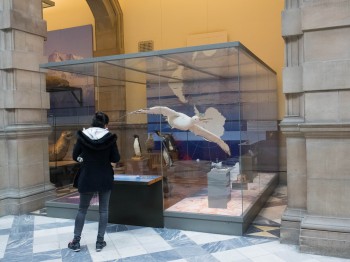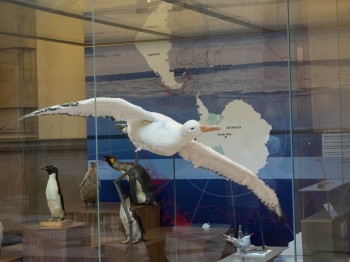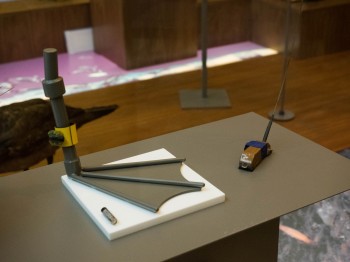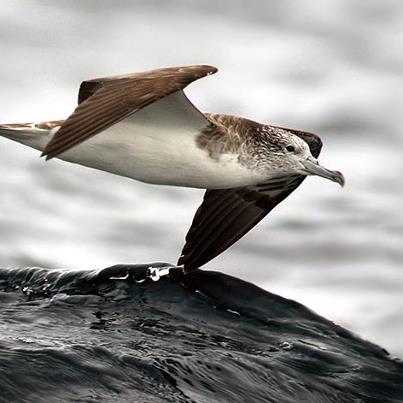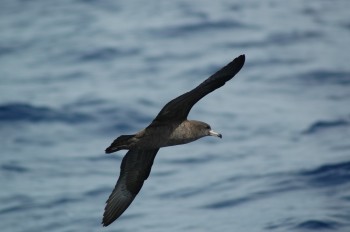A long-running research and conservation management project requires three people to work on Gough Island in the central South Atlantic Ocean for 13 months, with an additional month for training prior to departure. These contract positions are designed primarily to conduct annual monitoring of breeding seabirds (two positions), and to control the invasive plant Procumbent Pearlwort Sagina procumbens (one position, although all staff will take part in all activities and will be trained in rope access).
The seabird monitoring positions are responsible for annual monitoring of breeding success, survival, population counts, and other field work for 14 breeding species [including four ACAP-listed species] throughout the entire year. The Sagina position is responsible for control and eradication work on Sagina from the steep cliffs adjacent to the weather station on Gough Island. If required, training in rope-access techniques (IRATA Level 1 or equivalent) will be provided prior to departure to Gough Island for team members.
The candidates will be joining and living with the South African National Antarctic Programme (SANAP) over-wintering team of usually six people, and will also be required to work within the requirements of SANAP’s over-wintering teams. It will be an asset if the post holders have prior experience of working with one or more other team members.
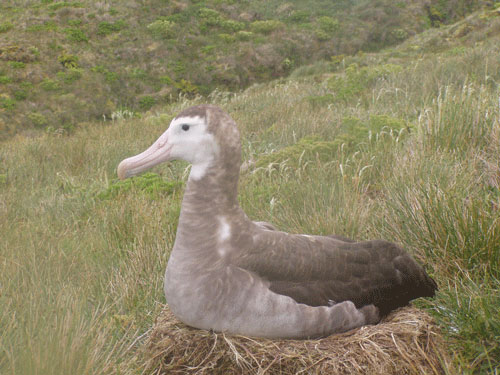
A female Tristan Albatross incubates on Gough Island, photograph by John Cooper
Requirements–Monitoring (two positions)
The successful applicants should have experience in:
Bird banding/ringing, safe handling of birds,
Conducting surveys and censuses for breeding seabirds,
Managing large amounts of data,
Abseil rope-access techniques, and/or climbing experience, and
Undertaking fieldwork in a mountainous environment and inclement weather conditions.
Additional skills that would benefit a candidate include:
Banding/ringing permit
Blood sampling, attaching biologging devices, and
Post-graduate research degree.
Requirements – Sagina (one position)
The successful applicants should have experience in:
Abseil rope-access techniques, and/or climbing experience,
Undertaking fieldwork in a mountainous environment and inclement weather conditions,
Working on remote islands (or equivalent remote locations), and
Undertaking plant eradication projects and firm understanding of eradication principles.
Additional skills that would benefit a candidate include alien plant eradication techniques
Requirements – all positions
Applicants must demonstrate:
An ability to live and work in a very small team on one of the world’s most remote islands for a prolonged period,
High levels of physical fitness, adaptability and a strong work ethic, and
Aptitude and/or proven experience in successfully undertaking unsupervised fieldwork, with safety as a first priority.
The successful applications will have skills/qualifications in:
A degree or equivalent qualifications or experience in a science/conservation discipline, ideally with some work experience in conservation/wildlife related fieldwork and research
Details of the jobs
Conduct fieldwork according to a work-plan devised by the project managers
Assist biological research, Sagina control, fieldwork and monitoring as required
Make day-to-day decisions about work priorities and fieldwork protocols
Maintain accurate records of the work and computer databases of the work
Regularly report to & update the project managers on progress
Be responsible for data quality and reporting, and on-site training as needed (Senior Research Assistant only)
Salary: £16,000 - £18,000 (Research Assistant), £19,000 - £21,000 (Senior Research Assistant) a year, plus transport, food, and accommodation.
Starting date: 04 July 2016 – 25 October 2017; please note, due to the preparation requirements needed for training, the start date is fixed.
How to apply: Send a cover letter outlining your experience and qualifications, CV, and contact information (including telephone numbers) for three references as a single PDF document to John Kelly, Royal Society for the Protection of Birds, UK (This email address is being protected from spambots. You need JavaScript enabled to view it.) by midnight BST on 31 May 2016.
John Cooper, ACAP Information Officer, 18 May 2016
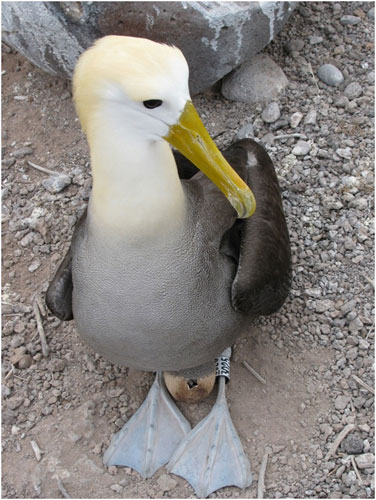

 English
English  Français
Français  Español
Español 